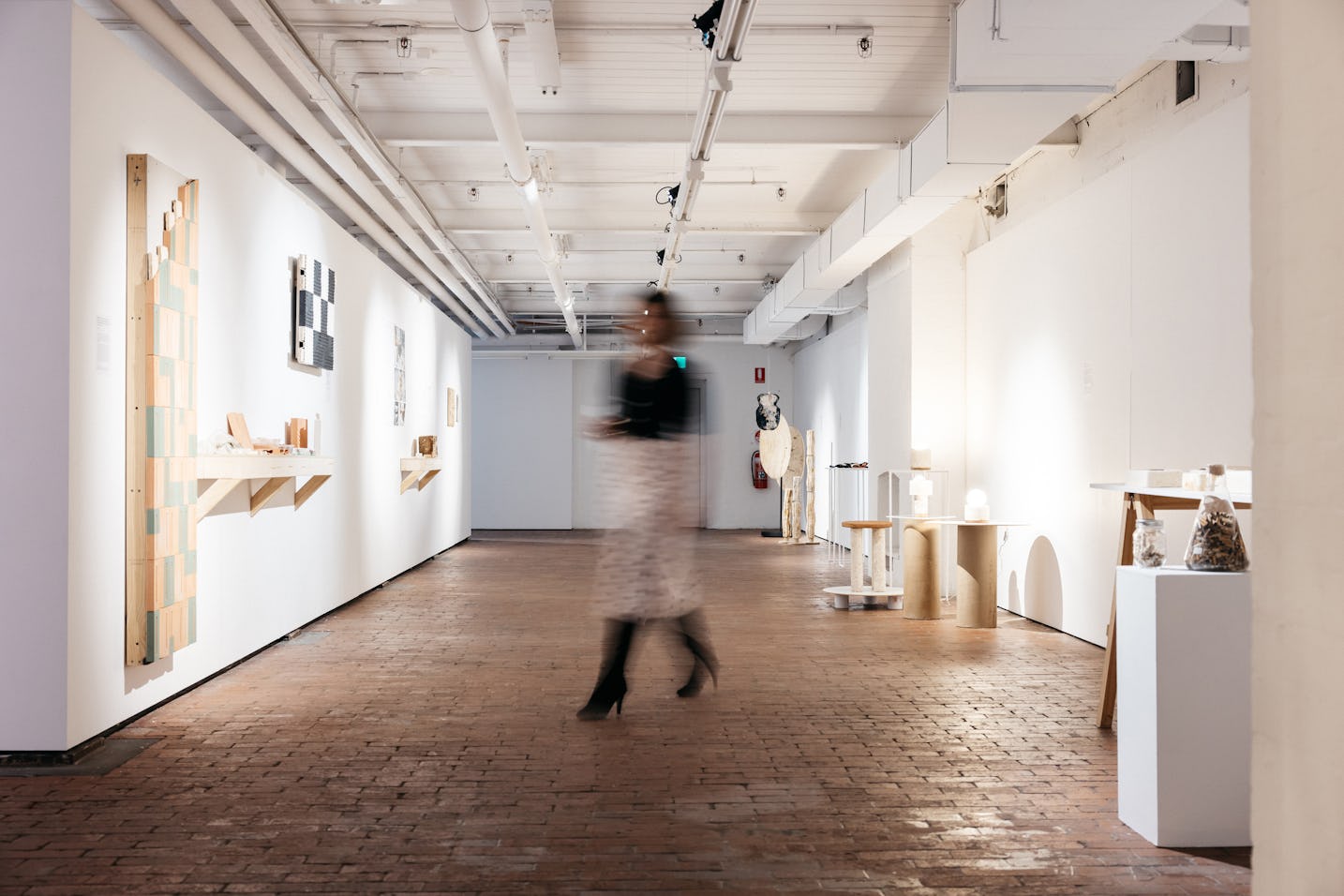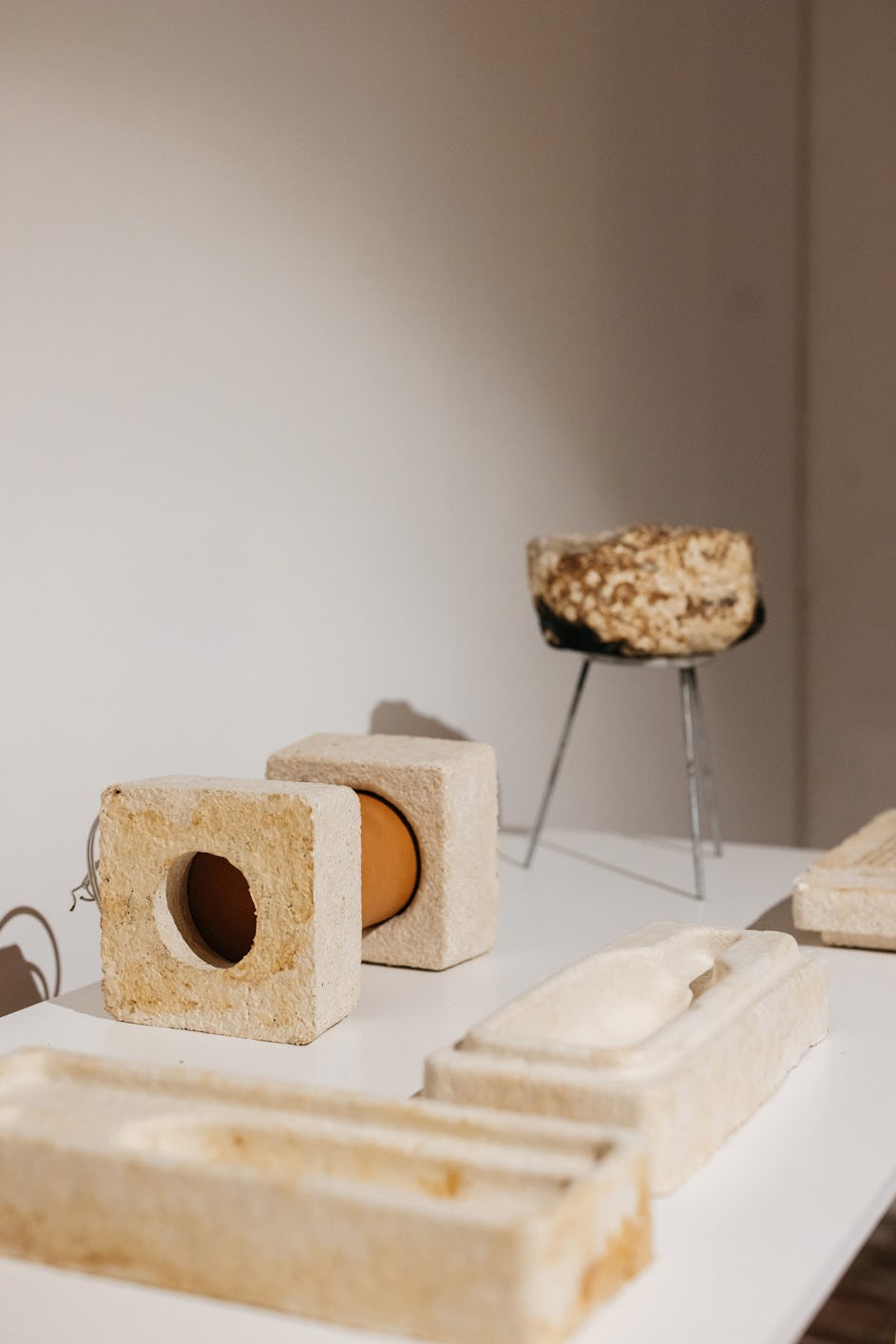Hosted by social impact consultancy Ellis Jones in collaboration with RMIT University Industrial Design, “IM-PERMANENT” is an exhibition featuring over 20 artworks created by renowned Australian practitioners using mycelium as their main material. Taking place from 18 – 28 May at Abbotsford Convent in Melbourne, this exhibition aims to showcase the versatility of mycelium and its ability to transform our design and production systems into more sustainable ones.
Mycelium, the intricate root-like network found in fungi, has gained increasing popularity in various applications such as building, packaging and construction due to its versatility. With its regenerative properties, mycelium can play a pivotal role in our transition towards more circular economies.

IM-PERMANENT design exhibition. Image Source: Marie-Luise Skibbe
David Constantine, principal of Ellis Jones explains that circularity served as their starting point for the exhibition.
“By exploring mycelium as a medium for circularity, IM-PERMANENT asks us to reevaluate traditional modes of production and consumption in favour of ones which leave no permanent mark on our planet,” said Mr Constantine.
“IM-PERMANENT” explores the concept of material impermanence, not in terms of turning obsolete like most products depict today, but rather through biodegradability, endless regeneration and cyclical nature.
“Genetically closer to humans than plants, fungi’s paradoxical essence holds infinite creative value while embodying circularity – as a biodegradable resource that is quickly becoming the ‘it’ material of sustainability,” said Mr Constantine.
The exhibition showcases various works including sculpture, apparel, lighting, furniture, architectural pieces, packaging, signage and panels. Creations include a MycoFibre Shelter for the protection of native wildlife from predators, a mycelium bag, mycelium packaging samples from Fungi Solutions and a mycelium and brass pendant light.

Products made of mycelium. Image source: Marie-Luise Skibbe
“If applied across industries, novel materials could hold the answers to how we reduce CO2 emissions and protect natural environments – with materials such as mycelium potentially able to displace concrete, leather, and fossil fuel-derived plastics,” said Mr Constantine.
Learn more about the free exhibition and artist talks happening this week at the Abbotsford Convent.